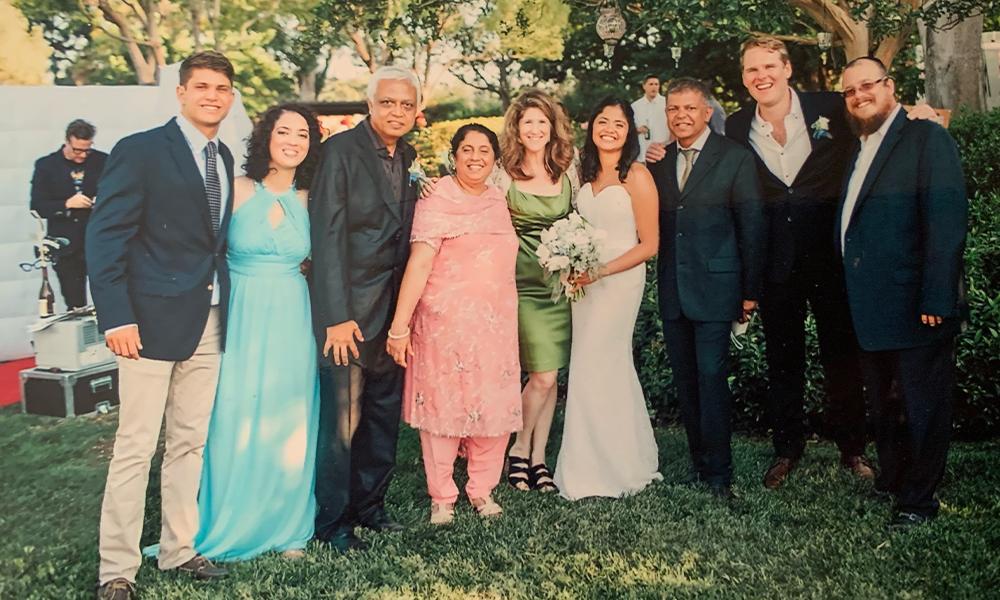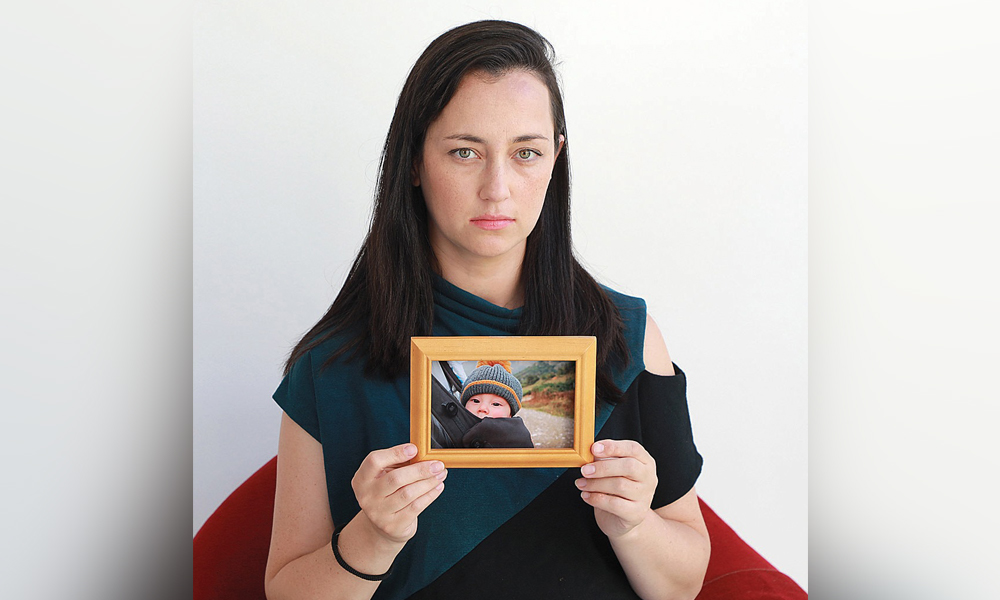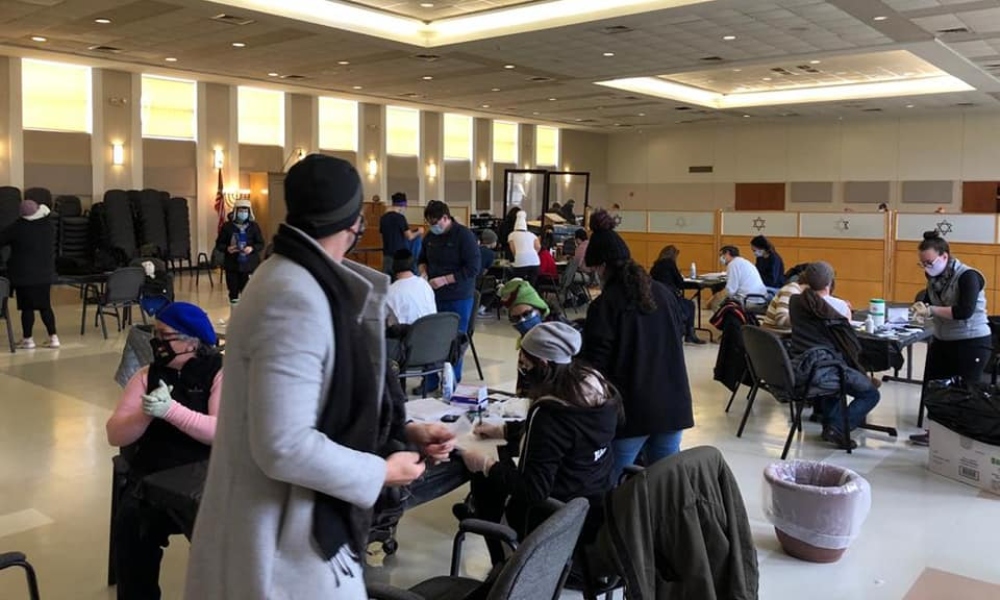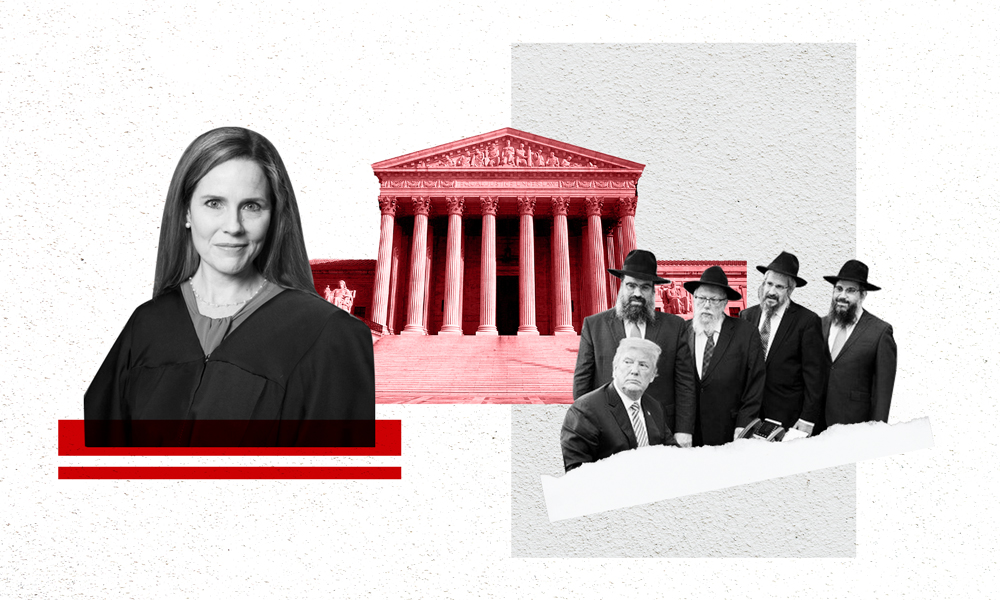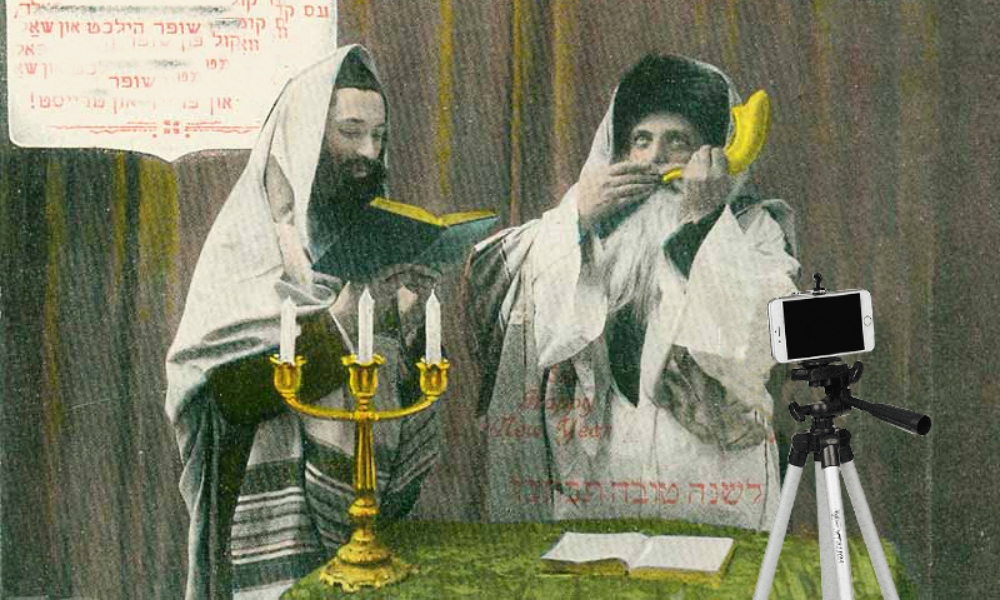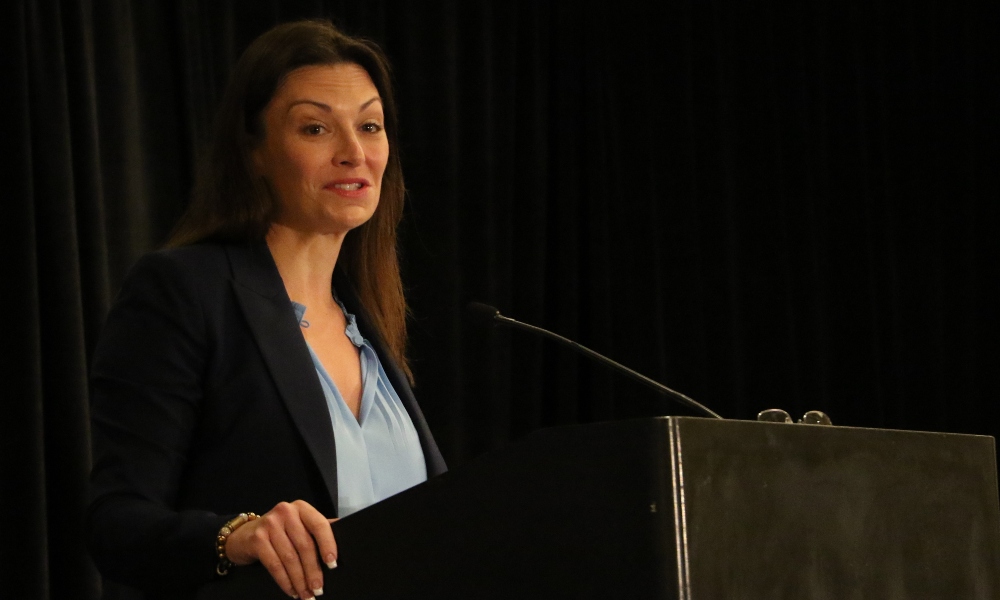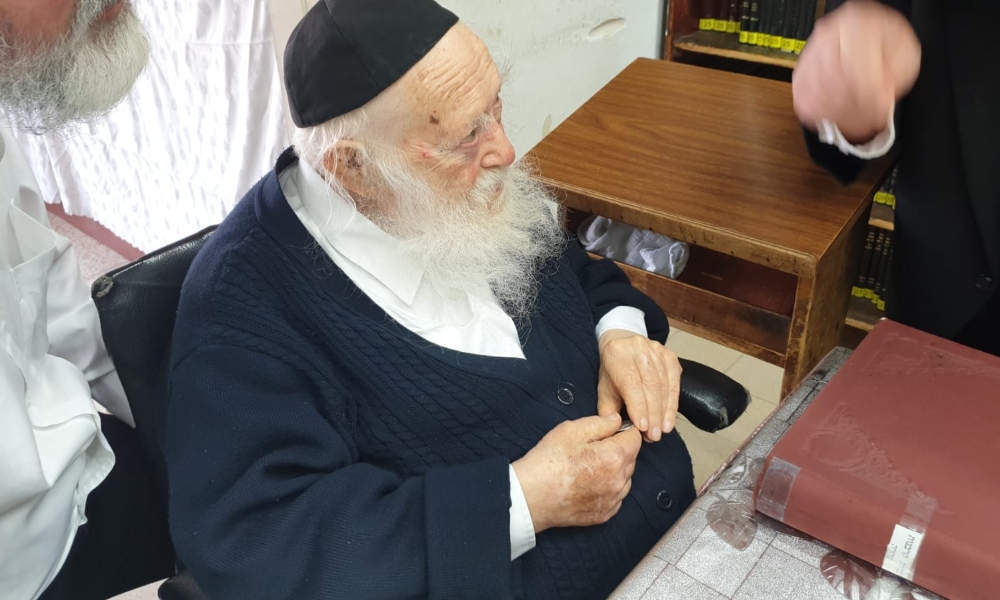A MOMENT COMPENDIUM OF CUSTOMS, RITUALS AND OBSERVANCES
All of us die. Throughout the ages, the Jewish people have developed customs, rituals and observances to guide us and provide comfort when a loved one dies. Moment Senior Editor Francie Weinman Schwartz, coauthor of The Jewish Moral Virtues with Eugene B. Borowitz, has prepared this compendium to help you make decisions in advance and know what to do when the time comes. Due to safety concerns brought about by the current public health crisis, we’ve also included new traditions to consider.
Creating an Ethical Will
We’ve all been cautioned to write a “Last Will and Testament,” a legal document detailing who gets what after we die. A lesser-known though equally important exercise is to create a letter, recording or even a video, to share the wisdom we’ve gleaned after a lifetime of living. The first such ethical will appears in the Book of Genesis, spoken by a dying Jacob to his twelve sons. In the 12th century, Jewish physician Judah ibn Tibbon wrote a rambling letter to his son instructing, “Let books be your companions; let bookcases and shelves be your pleasure grounds and gardens.” Composing an ethical will can be a grounding and healing experience for the initiator, a “love letter from beyond” for the recipient.
Conversations With Loved Ones
There are certain decisions that are best made slowly and carefully, after much thought and discussion. Yet these often are precisely the ones that those most intimately connected to us work hard to avoid. If we are critically ill and hospitalized, and invasive machines may be the only way to prolong our lives, have we completed a directive or living will explaining what we want done? Have we given direction for either continued aggressive efforts or palliative care (relieve suffering and provide the best quality of life) or hospice care with no active treatment? Have we considered signing forms that allow, immediately after our death, our organs to be harvested and donated to critically ill people who might die without them? And finally, how do our dear ones deal with our earthly remains: burial in a family plot? (does our family have one?); buy a plot associated with our synagogue or other institution?; the more nontraditional route of local above-ground crypt and mausoleum possibilities or even cremation?
Offering Vidui
Barring sudden, unexpected death, there comes a time for every human when we realize that death may be upon us. With a clear mind, we may offer the Jewish prayer vidui, confessing our sins and asking God’s forgiveness. Before reciting vidui, if possible, we ask those we have wronged for their forgiveness. True vidui is our final mortal conversation with the Eternal. It can be said any day of the year, out loud or in our hearts. Even if one says the prayer and then recovers, confessing to God may aid in recovery! The following are parts of traditional vidui prayers:
I acknowledge before You, Lord my God and the God of my fathers, that my recovery and my death are in Your hands. May it be Your will that You heal me with total recovery, but, if I die, may my death be an atonement for all the errors, iniquities, and willful sins that I have erred, sinned and transgressed before You, and may You grant my share in the Garden of Eden, and grant me the merit to abide in the World to Come which is vouchsafed for the righteous.
I acknowledge before You, Lord my God and the God of my fathers, that my recovery and my death are in Your hands. May it be Your will that You heal me with total recovery, but, if I die, may my death be an atonement for all the errors, iniquities, and willful sins that I have erred, sinned and transgressed before You, and may You grant my share in the Garden of Eden, and grant me the merit to abide in the World to Come which is vouchsafed for the righteous.
I turn my eyes to the mountains; from where will my help come? My help comes from the Lord, maker of heaven and earth…The Lord will guard you from all harm; He will guard your life. The Lord will guard your going and coming now and forever.
—Psalm 121: 1-2, 7-8
Out of the depths I call You, O Lord. Listen to my cry; let Your ears be attentive to my plea for mercy.
—Psalm 130: 1-2
Because he is devoted to Me I will deliver him; I will keep him safe, for he knows My name. When he calls on Me, I will answer him; I will be with him in distress; I will rescue him and make him honored; I will let him live to a ripe old age, and show him My salvation.
—Psalm 91: 14-16
To Him I commit my spirit, in the time of sleep and awakening, even if my spirit leaves, God is with me, I have no fear.
—Adon Olam prayer
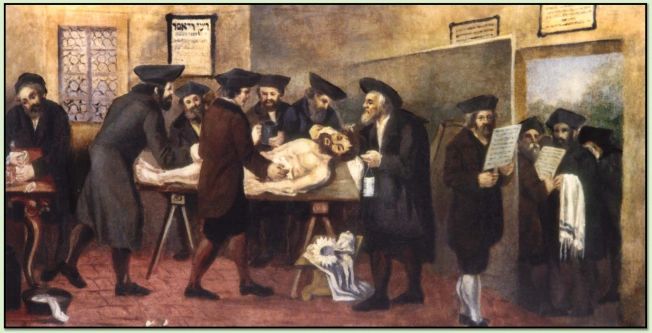
The Prague Chevra Kadisha prepare a body for burial. Unknown painter, ca. 1772. (Jewish Museum of Prague, Wikimedia Commons)
Role of the Chevra Kadisha
A “sacred society” of volunteers may lovingly prepares the Jewish deceased for burial. Some societies are affiliated with synagogues; others are communitywide. Following age-old rituals, taharah in Hebrew, women prepare women and men prepare men by respectfully seeing to their final earthly needs. Carefully washing the body, removing jewelry and purifying the body by pouring water over the deceased, the Chevra Kadisha may then dress the body in traditional clothing, wrapping and tying a sash to form the Hebrew letter shin, the first letter of the word Shaddai, which is a name for God. The body is then placed in a plain wooden casket. The assembled group asks forgiveness of the deceased if at any time the body was not treated with honor and respect. Never leaving the body alone, shomrim, watchers, recite psalms throughout the time before burial.
Preparing Eulogies & Obituaries
A speech, or hesped (Hebrew), is given to honor the deceased at the funeral or burial. The patriarch Abraham honored his wife Sarah with the first Jewish eulogy, found in the Book of Genesis. Today, while officiating clergy may offer words of remembrance and consolation, other family members and close friends also offer personal thoughts. Interestingly, Jewish law promotes the idea of truthful eulogies, yet the definitive Jewish code Shulchan Aruch says that it is better to slightly overestimate the positive traits of the deceased than to underestimate them. Close friends may share specific events that illustrate traits defining their late friend. Others highlight important values exhibited through personal interactions. Because this day is so emotionally charged, funeral advisers strongly recommend that speeches be written rather than given extemporaneously.
Unlike a eulogy, an obituary (“obit”) is typically a more matter-of-fact, published document meant to provide key facts about a person’s life, as well as important details of a planned funeral or memorial service. It begins with the full name and nickname of the deceased; date, place, age and cause of death. The names of the deceased’s spouse and other relatives might follow, as well as a life summary and details regarding the funeral or memorial service. During COVID-19, obituary writing—and posting—has become even more meaningful, since it is one of the few traditions that can be safely continued.
Funeral & Burial
Taking part in escorting a loved one to their final resting place can be simultaneously stressful and comforting. When we first hear of a person’s passing, a common response is shock, followed by a demand for details—when, where, how. Traditionally, a Jew also says, Baruch atah Adonai, eloheinu melech ha-olam, dayan ha-emet, “Blessed are you, Adonai our God, ruler of the universe, the true judge” or the shorter Baruch Dayan Emet, also referred to by the acronym BDE. Prior to the funeral, mourners participate in a ritual known as keriah, or tearing: The mourner may tear their own clothes or say a blessing (with the help of a rabbi or funeral attendant) while tearing a black ribbon that stands in for ripping a piece of clothing, and pin the ribbon onto their jacket or dress. Both of these simple gestures reveal the rational acceptance of death as well as the emotional feelings that surround such a loss.
FUNERAL
Taking place at a funeral home, synagogue or burial site, the funeral ceremony can last from a few minutes to an hour or more, depending on the number of eulogies and possible musical selections. The closed casket is usually displayed; attendees stand to honor both the living and the deceased as mourners enter the room. The ceremony itself may include eulogies, psalms and the chanting of the prayer El Maleh Rachamim (God, full of compassion), in which the deceased’s Hebrew name is spoken. If the burial is private, reciting the kaddish may conclude the funeral service. Otherwise, the casket is escorted outdoors by pallbearers for transport to the cemetery for immediate burial. During the COVID-19 crisis, some funerals have been postponed, limited to immediate family members, or held through video conferencing.
BURIAL
Jews bury their deceased as close to the time of death as possible, though consideration is given to allow out-of-town relatives and friends to attend. The clergy may offer a reading and say words of comfort and consolation. The casket is lowered into the ground. The kaddish, the traditional mourners’ prayer, is recited. Often mourners come forward to fill the grave with a shovel full of dirt, placing the shovel back in the mound before the next person repeats this ritual. (Some people use their hands instead of a shovel.) Clergy say an additional prayer to conclude, as mourners leave the cemetery. During the COVID-19 crisis, burials have been limited to immediate family members or postponed.
ECO OR “GREEN” BURIAL OPTIONS
One might say that Jews were the creators of eco-burials. Millennia ago, Jews were buried within 24 hours of their death, and this is still standard in traditional communities. Embalming is prohibited by Jewish law; bodies are covered only by a clean cloth (shroud) and placed directly into the earth, using a biodegradable container without a concrete vault or grave liner. Recently, there has been renewed interest in developing and promoting “green burials” to further environmental goals.
Shiva & Shloshim
As mourners return to the designated house of mourning, they often ritually wash their hands in a bowl of water placed outside the front door. Once they enter the house, they may sit on low stools to express their humility and grief as visitors pay their respects. Mourners light a candle in honor of their loved one.
SHIVA — “SEVEN”
Named after the number of days this mourning custom is traditionally observed, this time period usually sees mourners staying indoors. Food is brought to them by friends who call to offer comfort and consolation. Traditionally, mourners do not bathe; men do not shave, as a show of grief. During and after the daily minyan, friends may share memories of the deceased to give mourners additional comfort. The traditional words of solace said to mourners is HaMakom Yenachem Etchem Betoch Sh’ar Evley Tzion v’Yerushalayim. (May the Almighty comfort you among the mourners of Zion and Jerusalem.) In traditional environments, it is also customary to follow the mourners’ lead in commencing conversation.
Depending on the level of the mourners’ observance or the expressed wishes of the deceased, the shiva period may be lessened to three days or fewer. In many cases, mourners cover the mirrors in the home to avoid even the chance glance of their own image that would distract from the solemnity of this time. Often they display pictures of the deceased to bring back happy memories and evoke conversation. To formally conclude the shiva period, mourners may walk around the block to signify their willingness to return to their usual routine. Shiva is not observed on Shabbat or Jewish holidays. Shiva has also not been able to be observed in person during the COVID-19 crisis, and some families have chosen to observe virtual shivas.
SHLOSHIM — “THIRTY”
Signifying the 30 days after burial, shloshim represents a less intense mourning period. People go back to work and use cosmetics, but traditionally do not shave, cut their hair, attend concerts or participate in festive occasions, although it is permissible to attend b’nai mitzvah and wedding ceremonies, leaving before music begins. During these 30 days, one says kaddish if the deceased was a sibling, child, spouse or parent. Kaddish recitation continues for 11 months after the death of a parent. The 12-month period is reduced in recognition of the deceased’s piety.
Kaddish
Originally said by our ancient sages to mark the end of a section of prayer, the kaddish prayer is now considered the universal way that Jews conclude worship. Kaddish is recited at the end of the daily shiva minyan in mourners’ homes. In traditional services, a minimum of 10 males compose a minyan; however, in liberal worship 10 persons are counted. Traditionally only men were permitted to say kaddish.
Gravestones
Ordering a gravestone can occur any time after burial during the first year following death. Cemeteries may have specific rules and regulations regarding the dimensions and placement of memorial stones, mausoleums and other ornamentation surrounding the grave, so it’s best to keep in contact with cemetery officials as designs evolve. In addition to name and birth and death dates, many gravestones also include a tribute to the deceased as a loving spouse, parent and/or grandparent. The Hebrew letters taf, nun, tsadi, bet and hey, standing for teheye nishamo tsrurah b’tsror ha-chayim (May their soul be bound up in the bonds of eternal life), also appear on many stones.
It is traditional to hold the gravestone unveiling 11 months after death, subtracting one month from a full year for “good behavior” of the deceased during their lifetime. In Israel the stone is usually unveiled after one month. The brief graveside service may include reading several psalms, followed by the Mourner’s Kaddish and chanting of “El Malei Rachamim,” all taking place before the covered stone. Participants may offer brief personal prayers at this time. During the COVID-19 crisis most unveilings have been postponed due to safety concerns.
STONES ON GRAVESTONES
Jewish custom does not include leaving flowers when one visits a grave. Instead, an ancient Jewish custom calls for leaving small stones or pebbles on top of gravestones; this act thus becomes an integral part of the gravesite remembrance. Perhaps this began when the dead were typically buried without a casket, directly in the ground. Then, stones served as security against wild animals’ ravaging the grave, as well as marking the location of the grave itself. Now, several pebbles on the gravestone show that the deceased has not been forgotten. As Rabbi David Wolpe has said, “While other things fade, stones and souls endure.”
Yahrzeit
Meaning “a year’s time” in Yiddish, the anniversary of a loved one’s death brings a myriad of emotions to those observing this date. The sadness of the actual death can become tempered by memories of the departed’s laugh and smile, her lovingly prepared Sabbath meals or his constantly augmented stock of jokes. Traditionally commemorated on the Hebrew month and day that corresponds to the secular date of death, which changes year to year, many synagogues now offer a choice between a secular or Hebrew date. Your synagogue may send a notice reminding you of the day. It is traditional to light a yahrzeit candle in your home before going to the synagogue on Shabbat. You then stand and say kaddish with other mourners and are comforted by the congregation.
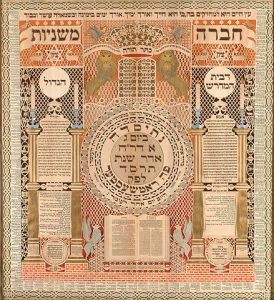
Memorial Tablet and Omer Calendar (1904) by
Baruch Zvi Ring. (Wikimedia Commons)
Memorial Plaques
In many synagogues and other buildings where Jews gather, memorial plaques honor deceased members and their families. Names and birth and death dates appear on large memory boards, along with a small unlit bulb installed next to each plaque. As with cemetery plots, families may purchase several plaques clustered together, holding those not yet needed “in reserve.” At the yahrzeit, or anniversary of death, the bulb is lit.




